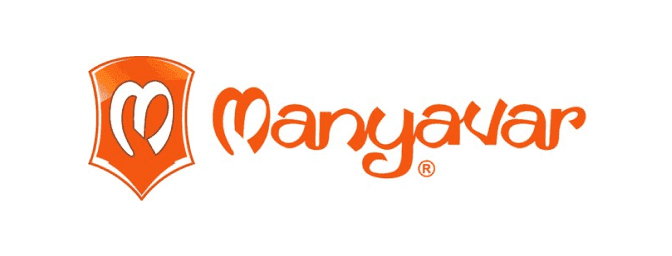Let's Talk
CONTACT USCONTACT US
Challenges:
- Disorderly Data: Assets stored in a local network drive lacked a systematic structure, causing challenges in efficient retrieval and management.
- Limited Access: Restricted accessibility to assets on the local network drive hampered collaboration between diverse teams and departments.
- Ineffective Updates: The manual process of updating assets on the local drive was time-consuming and prone to errors.
Solutions
- Organized Migration: Assets were transferred to Adobe Experience Manager (AEM) and organized into a hierarchical structure, enhancing the ease of data retrieval and management.
- Centralized Accessibility: AEM provided a centralized platform for hosting assets, enabling seamless access and collaboration across teams and departments.
- Streamlined Updates: Asset updates on AEM were optimized through efficient workflows, reducing manual efforts and ensuring precision.
Outcomes
- Improved Asset Management: Migration to AEM resulted in a well-structured asset repository, enabling quicker access and more effective management.
- Enhanced Collaboration: Centralized accessibility on AEM facilitated collaboration among teams, fostering smoother workflows and cooperation.
- Savings in Time and Effort: The streamlined update process on AEM reduced manual workload, leading to time savings and increased accuracy.

